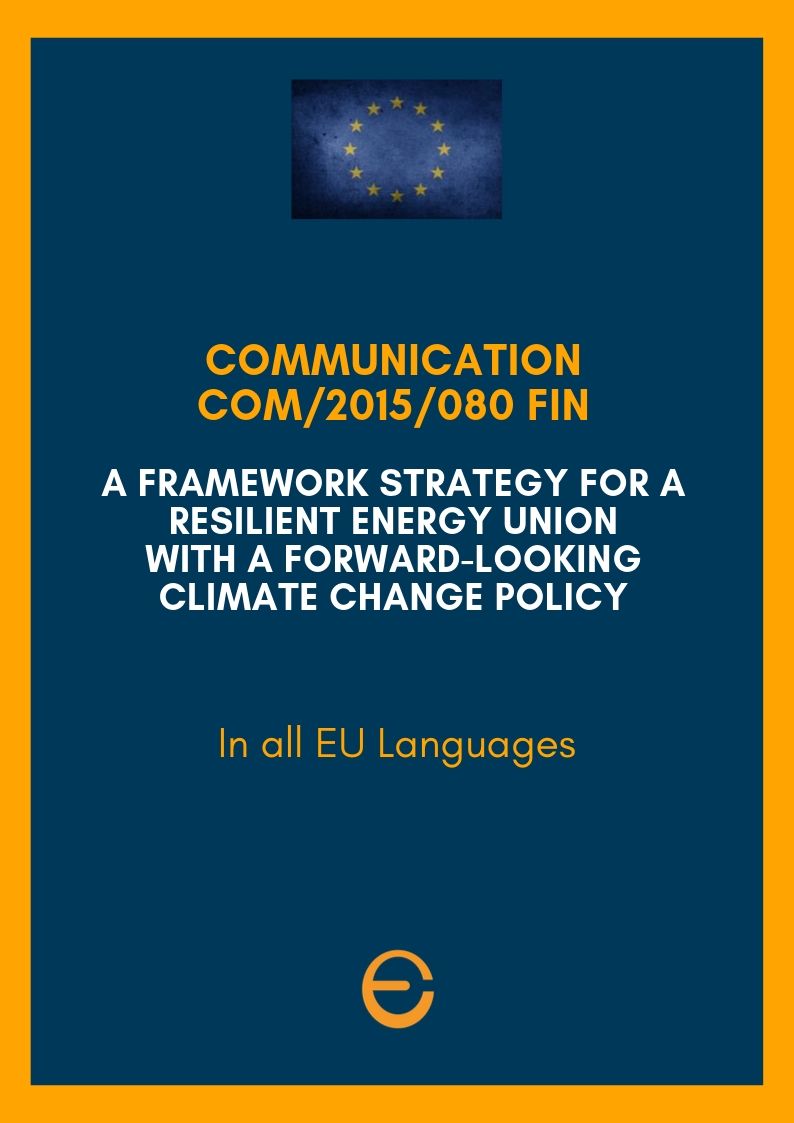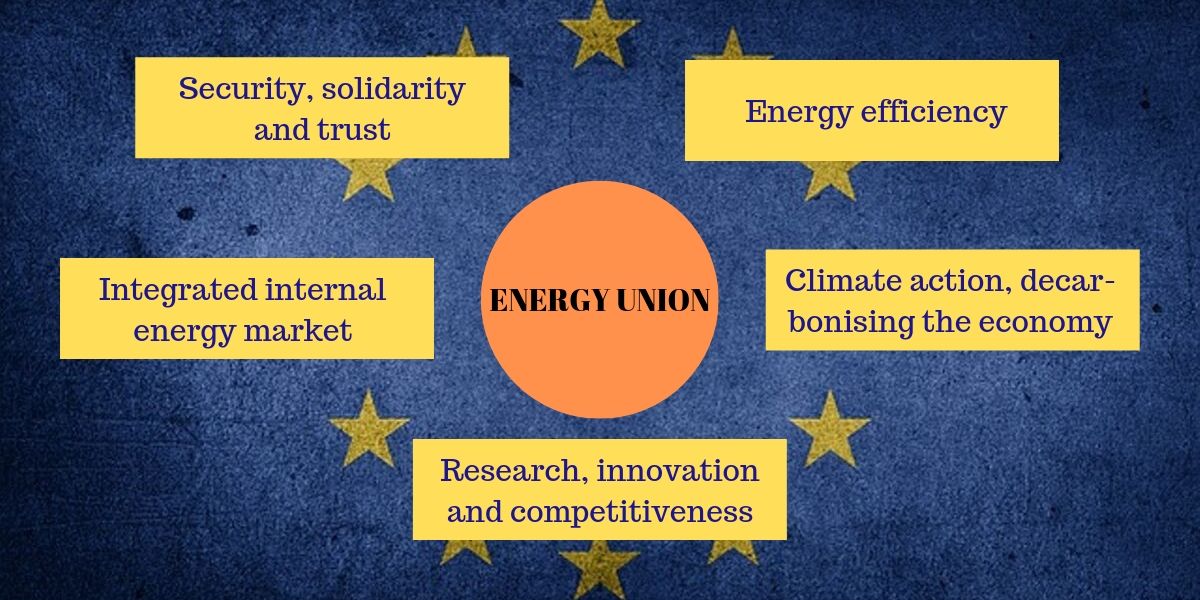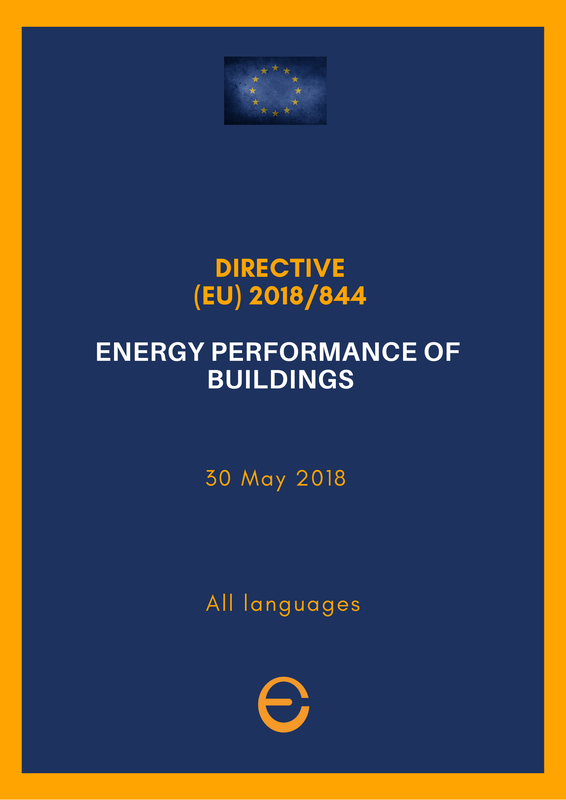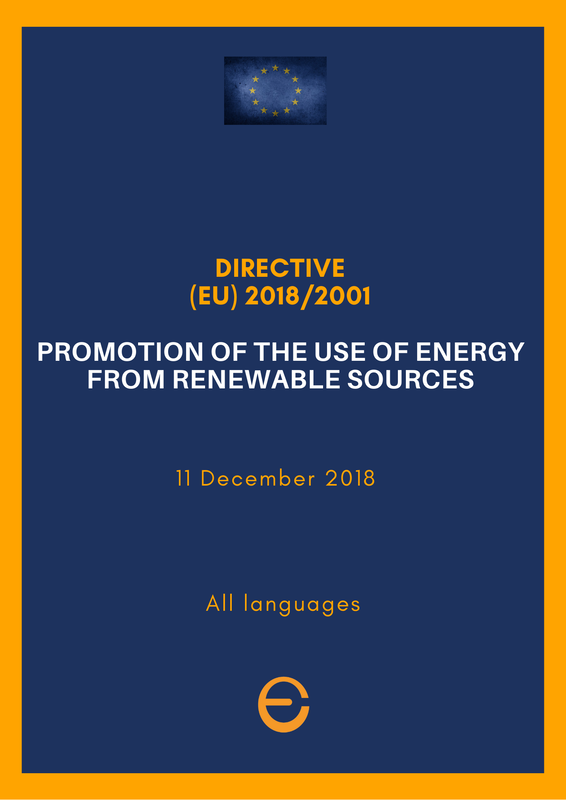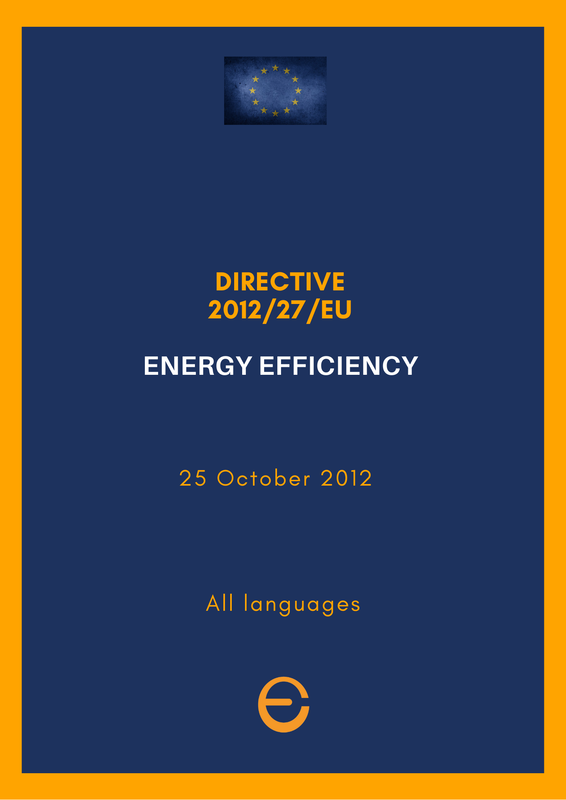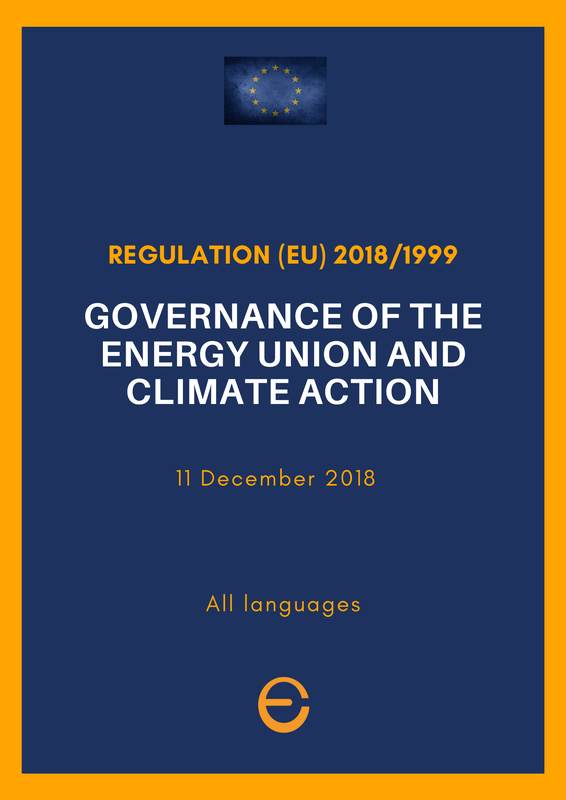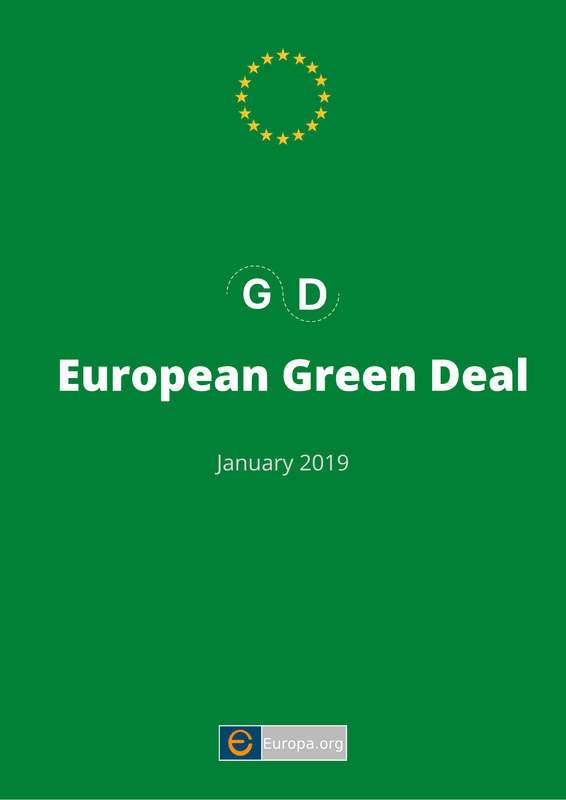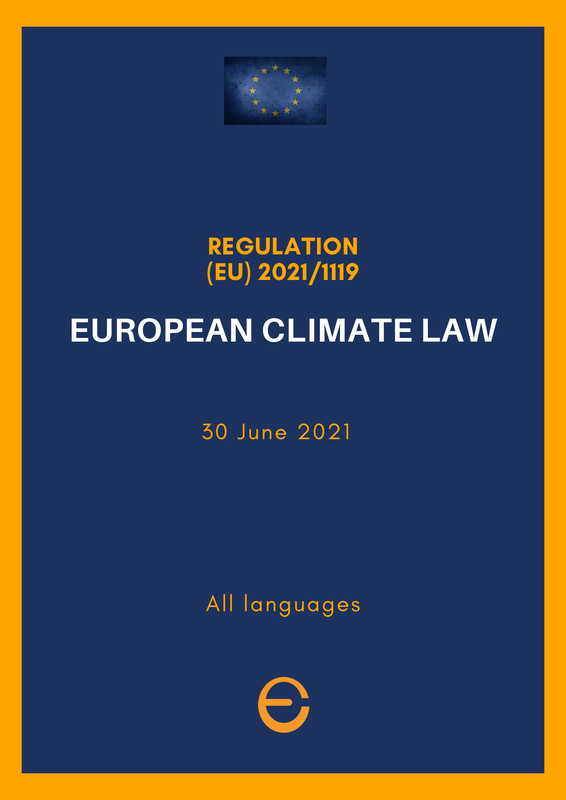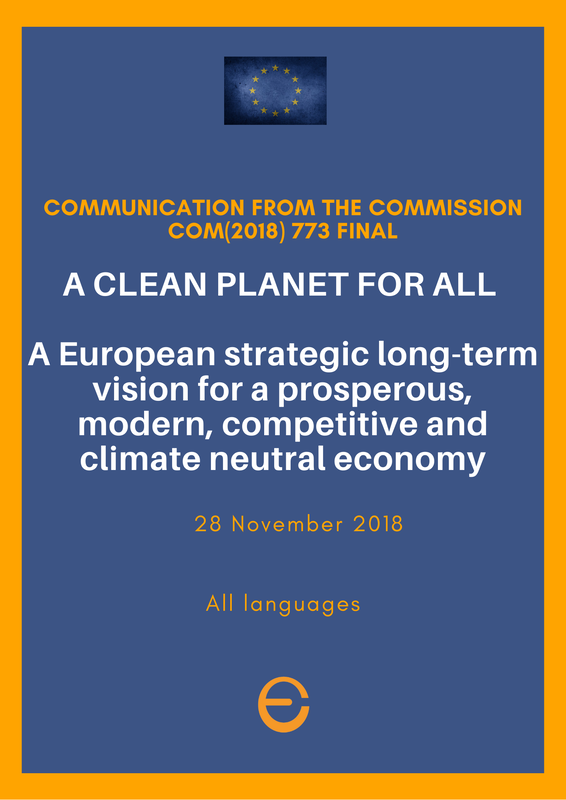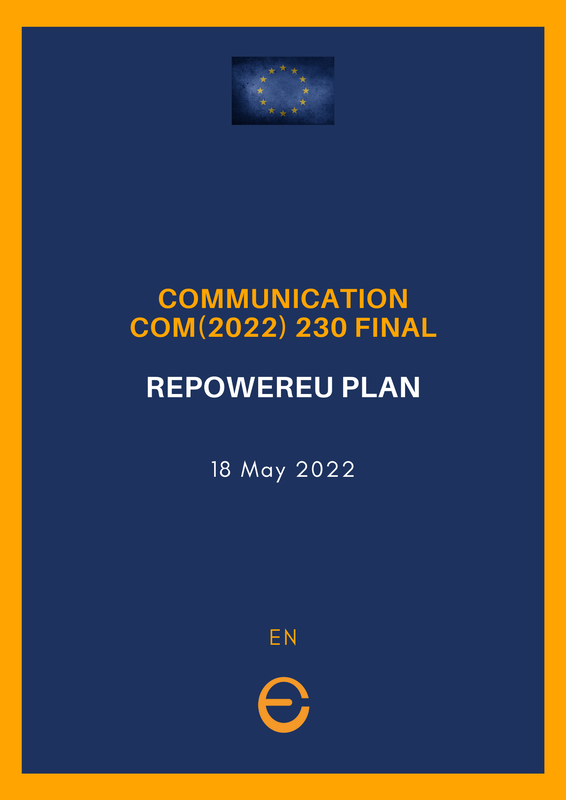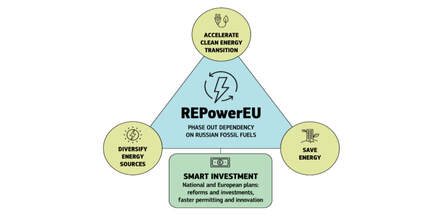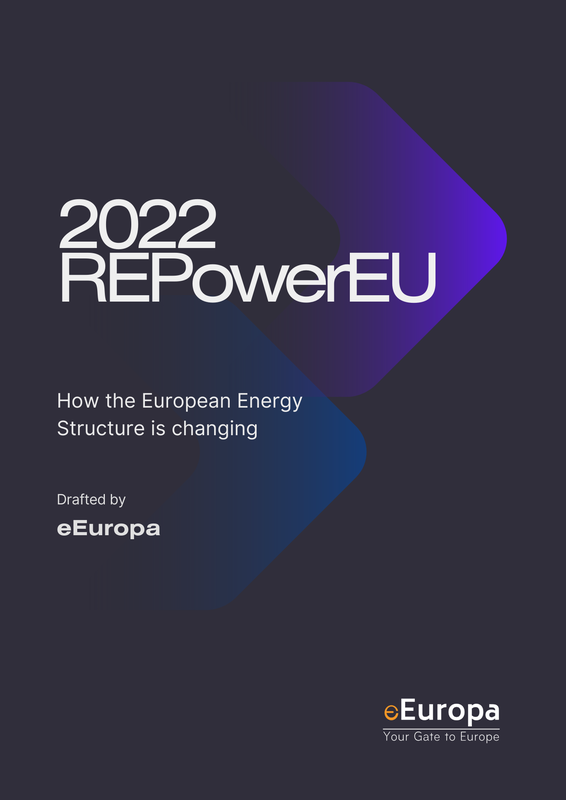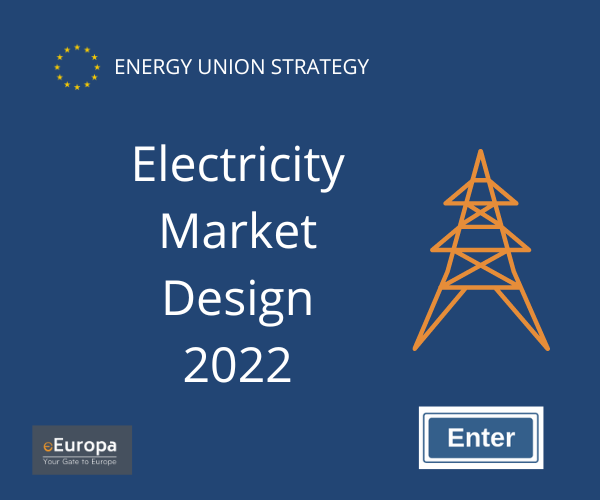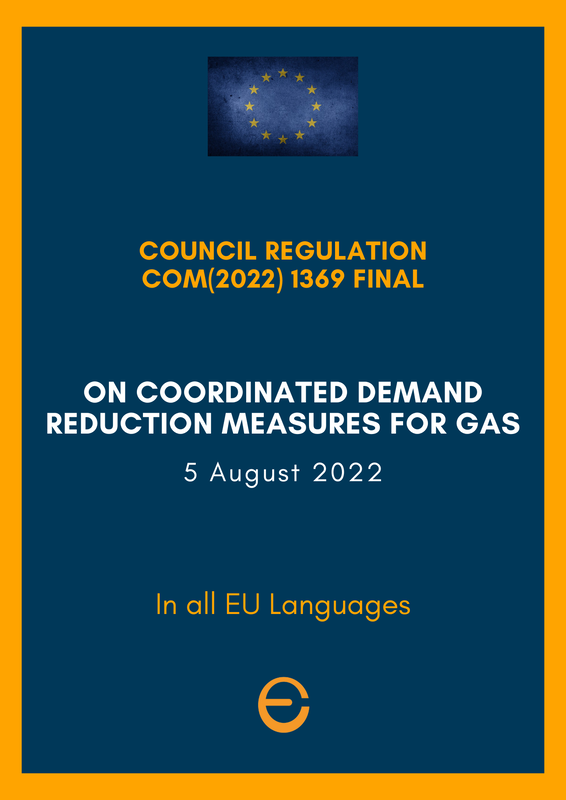|
Brussels, |
|
Energy Union Strategy
The EU has a medium-term and a long-term strategy.
It concerns both procurement and production. It means choosing which raw materials to import and from which countries and which primary sources to exploit.
There is a vast mix of exporting countries of primary energy raw materials (oil, gas, coal) and an equally vast mix of energy sources and technologies for the production of electricity (thermal power plants, nuclear power plants and hydroelectric power plants, photovoltaics and solar panels. , wind turbines, sea currents, geothermal and biofuels).
Each country has the responsibility to implement its own energy policy and the EU countries decide together medium and long-term objectives or, having become topical, the countries from which to import primary sources to guarantee certain certainties on the continuity of supply.
Regarding commodity prices, countries sign contracts with exporting countries and rely on the commodity exchange for spot purchases to meet peak demand.
Lately, following tensions with Russia, some European countries have suggested imposing purchase prices. However, this can only work if the EU becomes the single negotiator for all countries and launches single purchase tenders. But this is already done by every country, which among other things also operates within the framework of its own foreign policy relations. Spot purchases that are traded on the free market would remain out in any case.
In any case, the EU is constantly redesigning its energy targets and in the last 7 years with some acceleration.
Today, two factors drive the EU strategy: climate change and the war in Ukraine.
While not having exclusive competence, the EU, through decisions shared between the Member States, issues Directives and Regulations to give a common line of behavior in implementing national energy policies.
For example, climate change has triggered the process of abandoning fossil energies, while the war in Ukraine a process of greater diversification of supplier countries (pending the abandonment of all fossil raw materials).
While decarbonisation will undoubtedly proceed until the objectives set by the EU are achieved, the diversification of supplier countries will be achieved without precise deadlines.
The war in Ukraine has placed the interruption of energy supplies from Russia at the center of the EU's objectives: in 2021 41.1% of natural gas and 36.5% of oil came from Russian and therefore the process will be very demanding.
Will each European country have to negotiate alone and with other suppliers or will the EU be able to find an agreement between member countries to move in unison? With what powers and what political weight, as well as commercial?
But let's see the European path of the last 7 years.
It concerns both procurement and production. It means choosing which raw materials to import and from which countries and which primary sources to exploit.
There is a vast mix of exporting countries of primary energy raw materials (oil, gas, coal) and an equally vast mix of energy sources and technologies for the production of electricity (thermal power plants, nuclear power plants and hydroelectric power plants, photovoltaics and solar panels. , wind turbines, sea currents, geothermal and biofuels).
Each country has the responsibility to implement its own energy policy and the EU countries decide together medium and long-term objectives or, having become topical, the countries from which to import primary sources to guarantee certain certainties on the continuity of supply.
Regarding commodity prices, countries sign contracts with exporting countries and rely on the commodity exchange for spot purchases to meet peak demand.
Lately, following tensions with Russia, some European countries have suggested imposing purchase prices. However, this can only work if the EU becomes the single negotiator for all countries and launches single purchase tenders. But this is already done by every country, which among other things also operates within the framework of its own foreign policy relations. Spot purchases that are traded on the free market would remain out in any case.
In any case, the EU is constantly redesigning its energy targets and in the last 7 years with some acceleration.
Today, two factors drive the EU strategy: climate change and the war in Ukraine.
While not having exclusive competence, the EU, through decisions shared between the Member States, issues Directives and Regulations to give a common line of behavior in implementing national energy policies.
For example, climate change has triggered the process of abandoning fossil energies, while the war in Ukraine a process of greater diversification of supplier countries (pending the abandonment of all fossil raw materials).
While decarbonisation will undoubtedly proceed until the objectives set by the EU are achieved, the diversification of supplier countries will be achieved without precise deadlines.
The war in Ukraine has placed the interruption of energy supplies from Russia at the center of the EU's objectives: in 2021 41.1% of natural gas and 36.5% of oil came from Russian and therefore the process will be very demanding.
Will each European country have to negotiate alone and with other suppliers or will the EU be able to find an agreement between member countries to move in unison? With what powers and what political weight, as well as commercial?
But let's see the European path of the last 7 years.

